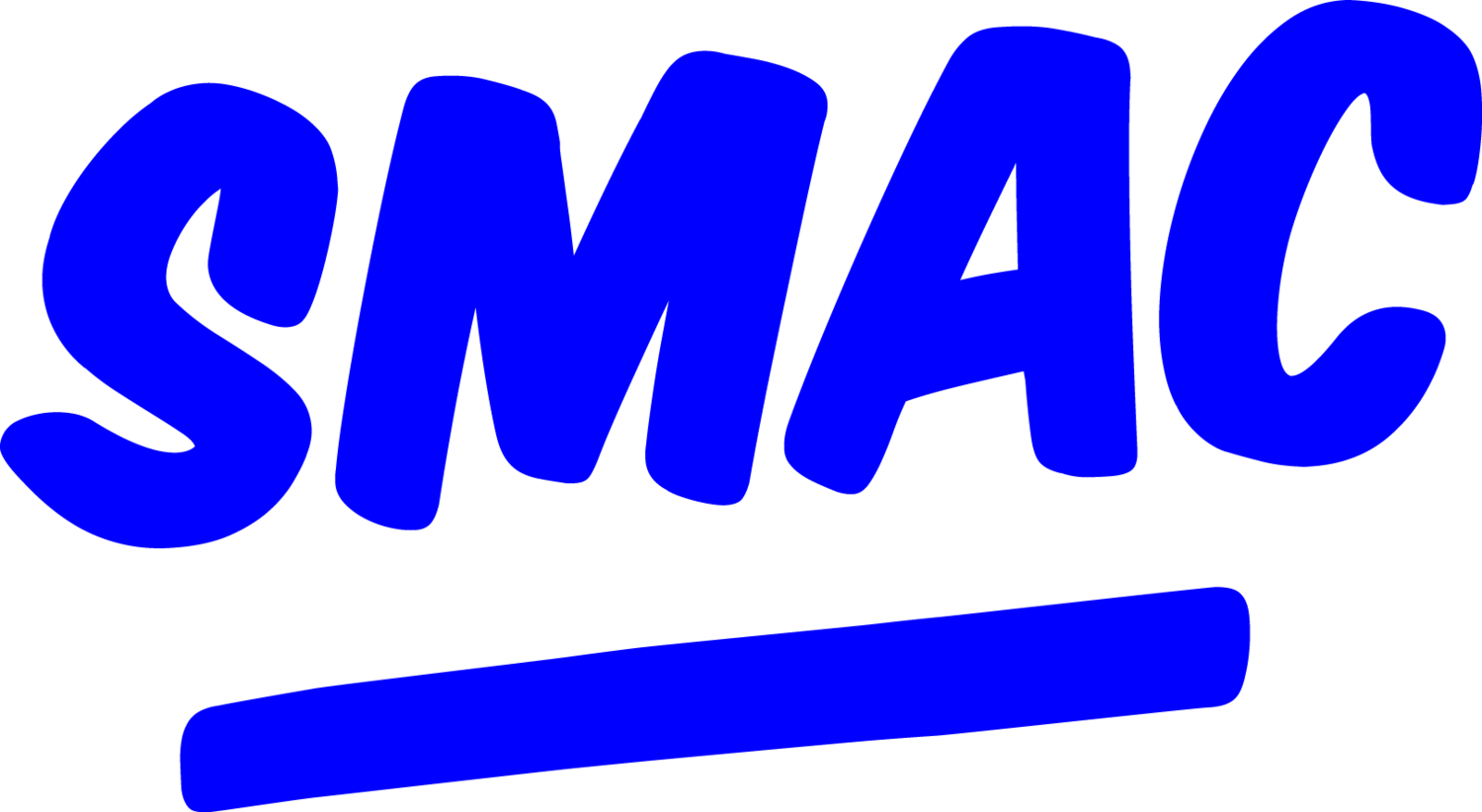Imaginary Landscape
— Gaston Zvi Ickowicz
Opening event: Thursday 13 September 2018 — 19h
Duration: 14 September 2018 - 30 September 2018
Opening hours: Friday to Sunday — 13h - 18h
and by appointment
The exhibition “Imaginary Landscape” deals with landscape, space and place in Israel/Palestine through its representations in three different periods. In the upper part of the gallery, enlarged prints of stamps that were produced in the early 1970’s by the Popular Front for the Liberation of Palestine are on view. Stamps dedicated to the cause of a liberated Palestine are usually characterised by graphically expressed propagandic language and often depict meaningful historical and holy sites. In contrast, the stamps of the Popular Front series are made of photographs depicting landscapes and urban places in Palestine. These photographs are influenced by the authority of colonialist imagery, which represents historical Palestine as a native expanse, empty of residents. Ickowicz enlarges these photographs so as to nullify their functional use as a stamp and transfers them into an aesthetic-affective dimension. Instead of ideologically loaded images, the photographs become uncoded surfaces for the viewer to emotionally project upon.
The work hung by the gallery’s staircase is taken from the series “ Embroidery Patterns” (2016), which Ickowicz produced during the same period. It is taken from the book
“Jerusalem in Needlepoint and Embroidery” (Ann Roth, 1972) published after Israel’s capture of Jerusalem in 1967. The book includes works of historical and holy sites in Jerusalem as patterns for creating homemade tapestries. As he did in the stamp series, here too Ickowicz appropriates an image, enlarges it and divorces it from its original context. However, in this case his action does not neutralize the image but on the contrary, acts to reveal its ideological dimension and embedded exercise of power.
The second layer of time in the exhibition is the mid-2000s, during which the Israeli settlements project developed, branched off and took on its sophisticated current form. The exhibition presents contact sheets from Ickowicz’s archive, which formed the basis for his series “Settlement”, shot in the West Bank and the Gaza Strip before the Israeli disengagement from Gaza. The multiplicity of contact sheets and their build-in repetitiveness document the Israeli marking and takeover of the land. Additionally, their display points to the image-making process — the aesthetic choices that were made in the creative process — and the way they neutralize or charge the landscapes’ political meanings.
The present time period is expressed in the exhibition through the video piece on view in the bottom part of the gallery, “Everyday Ceremonies” (2015). The piece documents Palestinian residents of East Jerusalem on their way to the Interior Ministry offices near their homes and back. Ickowicz’s camera, however, focuses on the local aspects of the space where these daily walks take place, such as the olive groves and burnt grasses. These are landscape photographs, like the other works in the exhibition, but in this case the landscape appears not only as a visual expression of ideology but as a space that takes form by means of the people who move through it, the local residents. This landscape is a product of the processes described in the exhibition and the way these prescribe a certain way of life, and are formed through it. As human figures enter the frame, they allow us to notice the emotional baggage that rises from the exhibition as a whole: the landscape imagery becomes a site of pain, longing and yearning, but also one of power, control and oppression.
Gilad Reich

